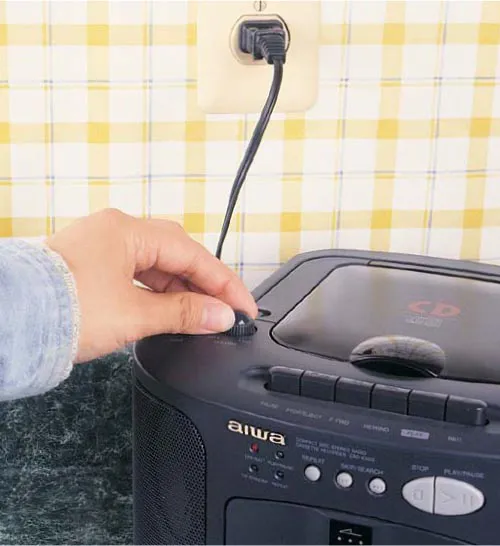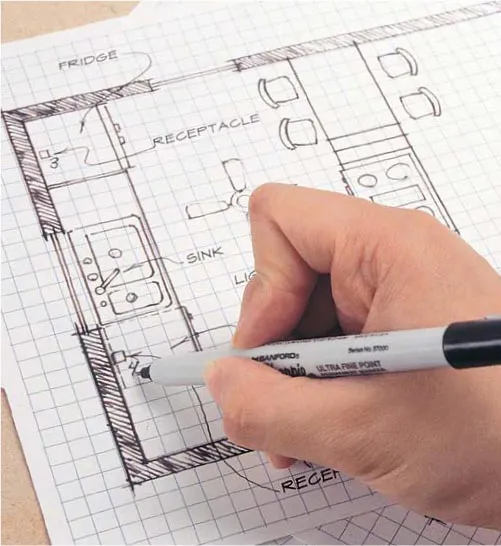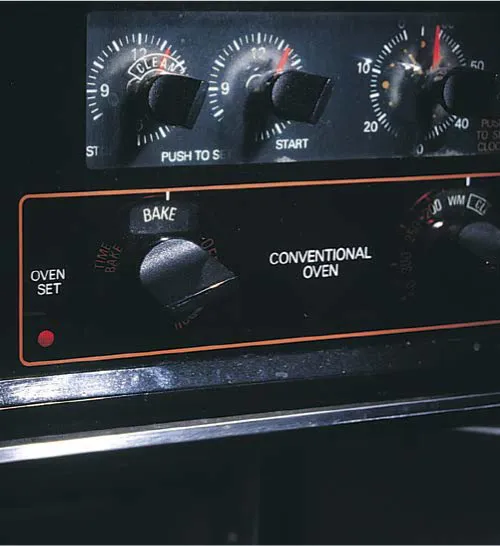
eBook - ePub
Ultimate Guide: Wiring, 8th Updated Edition
This is a test
Share book
- 250 pages
- English
- ePUB (mobile friendly)
- Available on iOS & Android
eBook - ePub
Ultimate Guide: Wiring, 8th Updated Edition
Book details
Book preview
Table of contents
Citations
About This Book
Ultimate Guide to Wiring explains residential electrical systems in easy-to-understand terms. It shows how to work with electric wiring and repair, replace, and install typical electrical-system elements.
Frequently asked questions
How do I cancel my subscription?
Can/how do I download books?
At the moment all of our mobile-responsive ePub books are available to download via the app. Most of our PDFs are also available to download and we're working on making the final remaining ones downloadable now. Learn more here.
What is the difference between the pricing plans?
Both plans give you full access to the library and all of Perlego’s features. The only differences are the price and subscription period: With the annual plan you’ll save around 30% compared to 12 months on the monthly plan.
What is Perlego?
We are an online textbook subscription service, where you can get access to an entire online library for less than the price of a single book per month. With over 1 million books across 1000+ topics, we’ve got you covered! Learn more here.
Do you support text-to-speech?
Look out for the read-aloud symbol on your next book to see if you can listen to it. The read-aloud tool reads text aloud for you, highlighting the text as it is being read. You can pause it, speed it up and slow it down. Learn more here.
Is Ultimate Guide: Wiring, 8th Updated Edition an online PDF/ePUB?
Yes, you can access Ultimate Guide: Wiring, 8th Updated Edition by in PDF and/or ePUB format, as well as other popular books in Technology & Engineering & Technical & Manufacturing Trades. We have over one million books available in our catalogue for you to explore.
Information
PART I: Projects,
Improvements, Repairs

1
wiring
methods
BASIC CIRCUITRY
BASIC WIRING
RECEPTACLES
SWITCHES
PLUGS, CORDS, AND SOCKETS
NEW CIRCUITS AND SERVICE PANELS WIRING METHODS
BECOMING ACQUAINTED with basic wiring methods will enable you to tackle a variety of electrical projects. In many cases, these include running cable through walls or between floors, connecting receptacles and switches to the system, and installing new circuits—the subjects covered in this chapter. For the basics, including an explanation of the workings of the home electrical system and the tools and equipment used in residential wiring, review the material in Part II, which begins on page.
BASIC CIRCUITRY
Charting Circuits
Whether working with fuses or circuit breakers, you must know which switches, receptacles, fixtures, or equipment are on the circuits they control. You must also know how they work. There are many types of fuses and circuit breakers, each with its own function. The purpose of fuses and circuit breakers is to protect the wiring—not the appliance. Keep this in mind as you chart circuits, verifying that no fuse or circuit breaker has more amperage than the wire it is protecting. The maximum allowable current a wire can carry, measured in amps, is called its ampacity.
While you are inspecting your fuse box or breaker panel, look for any obvious problems. For example, if you unscrew a fuse from a fuse box, examine both the fuse and its screw shell. (To be safe, first pull the main fuse.) Check the fuse or the screw shell for any damage from arcing or burning.
Once you are certain that there is no damage to your fuse box or breaker panel, you may begin to chart your circuits. A plug-in radio will come in handy, as will an assistant, if you can find one. If necessary, you can do the work alone—it will just take a bit longer.
FUSE AND CIRCUIT BREAKER CAPACITIES

| CHARTING CIRCUITS | |
 | Identifying which circuits service all the receptacles, switches, lights, and appliances in your house takes some time. And it works best if you do it with a helper, so you’ll have to draft someone for the afternoon and expel everyone else so things are quiet. The time and effort you spend on this job, however, are well worth it. By knowing which breaker controls which device, you can quickly turn off power to anything you are working on and avoid the risk of serious shock. |
 | TOOLS & MATERIALS    |

1 Before you label anything in your service panel box, make a scaled drawing of every room in your house. Draw the location of all the receptacles, light fixtures, switches, and appliances, and note where all the cabinets and furniture are positioned.

2 Once all the circuits are identified, go to the service panel and mark which breakers go to which circuits using stick-on labels. Then test each circuit by turning off the power, plugging in a radio (that’s turned on) to any given outlet, and then turning the power on at the panel to see if the radio plays.

3 If you are working by yourself, adjust the radio to a high volume so that when you turn on the power you can hear from the service panel area if the radio comes on.

4 As you go from outlet to outlet, note on your room drawings which ones occupy which circuits. You’ll need help to check if lights and ceiling fans turn on when you switch the breakers.

5 ...